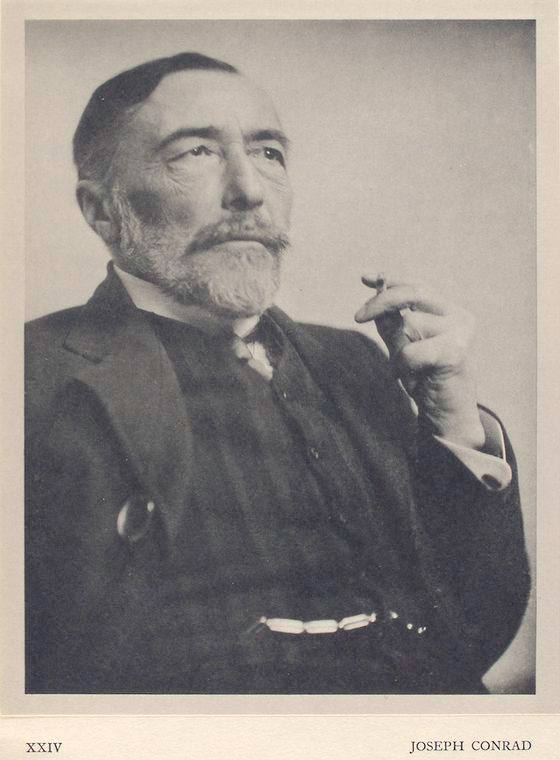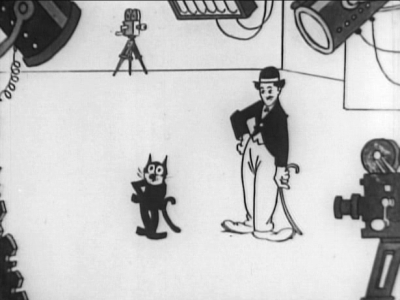The Great Gatsby Contents
Artistic expression in the modern world
The modern novel
Modernism and the modern novel are associated with the period post-World War I, as writers sought to express their differences in terms of style and content from the realist literature of the nineteenth century. The major writers of the time were T S Eliot, Ezra Pound, imagist writer H.D. (Hilda Dolittle), James Joyce, Virginia Woolf, W. B. Yeats and Gertrude Stein.
Modernist authors experimented with form to produce new genres and work which defied formal categories. These new styles echoed movements in art such as Expressionism and Surrealism. Modernism generally questioned notions of a rational, ordered world, in which meaning is fixed and reality is secure. Its adherents tended to be disillusioned and cynical, even anarchic, about such ideas. Instead, their work offered more complex realities, where different points of view co-existed and contradicted each other. In terms of structure, modernist texts were often non-chronological and even fragmentary, and their language was strongly symbolic.
Literary influences on Fitzgerald
Joseph Conrad
 Fitzgerald acknowledged the influence of Joseph Conrad’s novels Lord Jim (1900) and Heart of Darkness (1902) in terms of both technique and the sense of disillusionment with the modern world. He used a similar narrative technique, in experimenting with different narrative levels: Nick is a character within the story, addressing an audience outside of the story world, but interspersing his narrative with other characters’ narratives told to him or which he has discovered or imagined. Like Conrad’s character, Marlow, Nick is an unreliable narrator in some respects, destabilising the audience’s responses.
Fitzgerald acknowledged the influence of Joseph Conrad’s novels Lord Jim (1900) and Heart of Darkness (1902) in terms of both technique and the sense of disillusionment with the modern world. He used a similar narrative technique, in experimenting with different narrative levels: Nick is a character within the story, addressing an audience outside of the story world, but interspersing his narrative with other characters’ narratives told to him or which he has discovered or imagined. Like Conrad’s character, Marlow, Nick is an unreliable narrator in some respects, destabilising the audience’s responses.
T.S.Eliot
Fitzgerald is also frequently said to be indebted to the symbolic techniques of T. S. Eliot in The Waste Land (1922). His depiction of the Valley of Ashes has many points of similarity, chiefly in that a location is used to represent spiritual decay.
Cinema
In the 1920s, movies were still a relatively new technology. Until the first ‘talkie’ in 1927, films were silent (with occasional placards of written dialogue) but accompanied by live music in the cinemas themselves. Paramount, Warner Brothers, RKO, Fox and Metro Goldwyn Mayer dominated the new industry, which was based in Hollywood. Film making quickly became a mass industry, as cinemas were built throughout the land and tickets were cheap, so audiences grew rapidly from the First World War onwards.
 The genres of films at this time ranged very widely, including newsreels, romantic and sentimental stories, westerns and comedies such as Charlie Chaplin’s The Kid. Film stars such as Mary Pickford, Douglas Fairbanks Sr., Rudolph Valentino and Clara Bow, star of It and later dubbed ‘the Hollywood It girl’, gained enormous status, thereby influencing fashion and attitudes.
The genres of films at this time ranged very widely, including newsreels, romantic and sentimental stories, westerns and comedies such as Charlie Chaplin’s The Kid. Film stars such as Mary Pickford, Douglas Fairbanks Sr., Rudolph Valentino and Clara Bow, star of It and later dubbed ‘the Hollywood It girl’, gained enormous status, thereby influencing fashion and attitudes.
Cartoons were introduced around 1925, with Felix the Cat and later Mickey Mouse. Until the development of colour technology, these films were either black and white or primitively coloured using tinting or filters. Only from 1929 did brilliantly coloured ‘talkie’ movies begin to appear.
Cinematic techniques in The Great Gatsby
Some cinematic techniques may have influenced Fitzgerald in the 1920s. For example, the switches from scene to scene, which occur throughout The Great Gatsby and especially in Chapter 8 as Nick’s narrative moves towards the ‘holocaust’ scene in Gatsby’s garden, have been compared with the rapid scene changes in Hollywood films of the time.
Some of Fitzgerald’s descriptions can also be compared with the idea of ‘close-up’ and ‘long’ shots, for example as Nick focuses on Jordan’s face or gives a panoramic view of the houses in West Egg,. The bird’s-eye view of Long Island could also be compared with cinematic aerial shots, used in photography from the nineteenth century onwards and in newsreel, although not in popular films of the time.
Recently Viewed
Scan and go

Scan on your mobile for direct link.